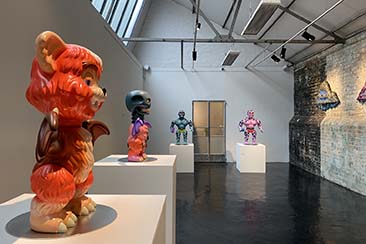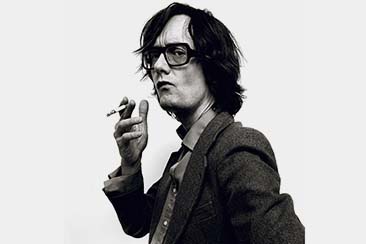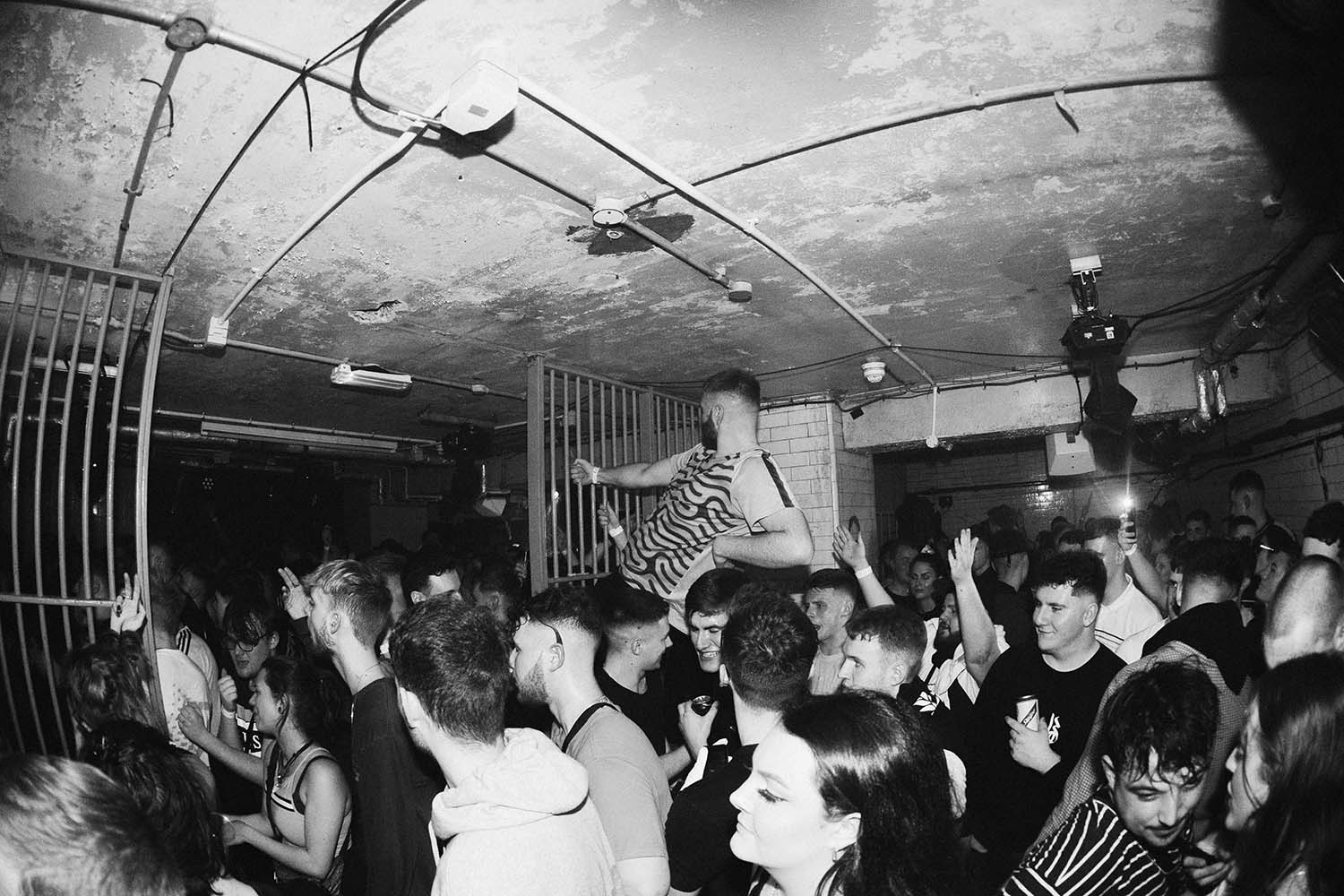Transcending the barriers thrown up by ideological differences, Pop Art was and remains one of the most unifying cultural forces to exist between East and West. While the Iron and Bamboo Curtains kept the world staunchly separated politically, Pop Art (and its lesser-known eastern equivalents such as Sots Art in the Soviet Union) acted as a form of dialogue between the regions. This bridge between two seemingly irreconcilable forces is one of the reasons that Pop Art is regarded by many as the 20th Century’s most important art movement.
Post Pop – East Meets West, at London’s Saatchi Gallery, looks at the relationship between the two “sides”, bringing together 250 works by 110 artists from China, the former USSR, Taiwan, the UK and the USA from the ’50s and ’60s heyday of Pop Art to today. Celebrity, corporate identity and consumerism were popular vehicles for western Pop Art practitioners, while in the East, state control, conformity and political hero worship came in for examination, with the two sharing a knack for delivering social commentary in an accessible and often humorous way. The show is up and running now, with a 23 February closing date.
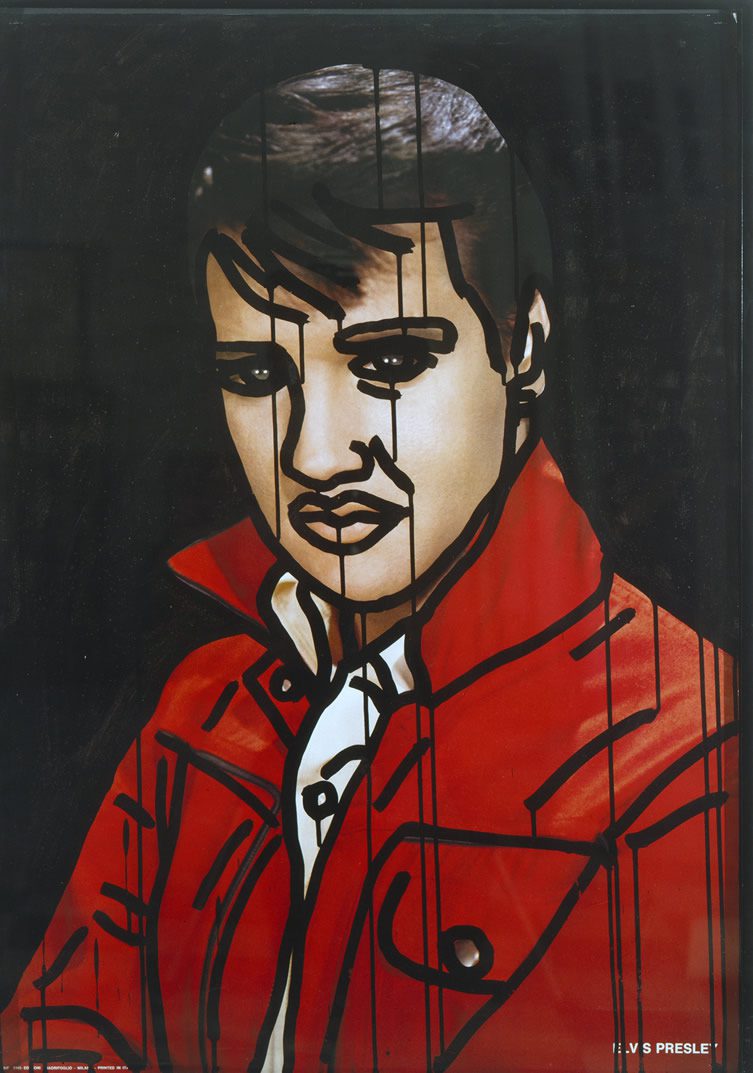
Keith Haring
Elvis Presley, 1981
Ink on printed poster, 92.7 x 73cm
© Keith Haring Foundation, 1981
Image courtesy of Keith Haring Foundation
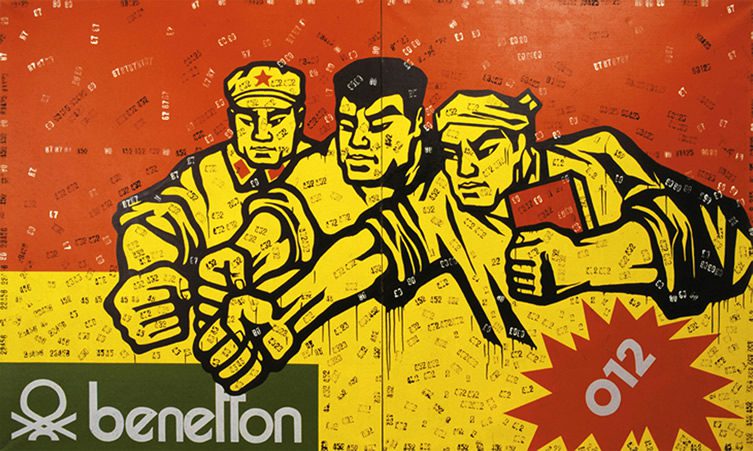
Wang Guangyi
Great Criticism: Benetton, 大批判, 1992
Oil on canvas, 200 x 340cm
© Wang Guangyi, 1992
Image courtesy of the artist
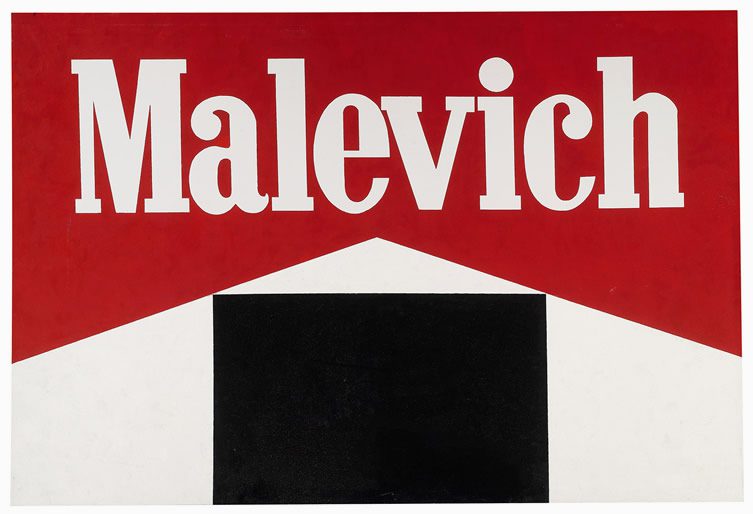
Alexander Kosolapov
Malevich – Black Square, 1987
Oil on canvas, 119.5 x 173cm
© Alexander Kosolapov, 1987
Image courtesy of the Tsukanov Family Foundation Collection, London
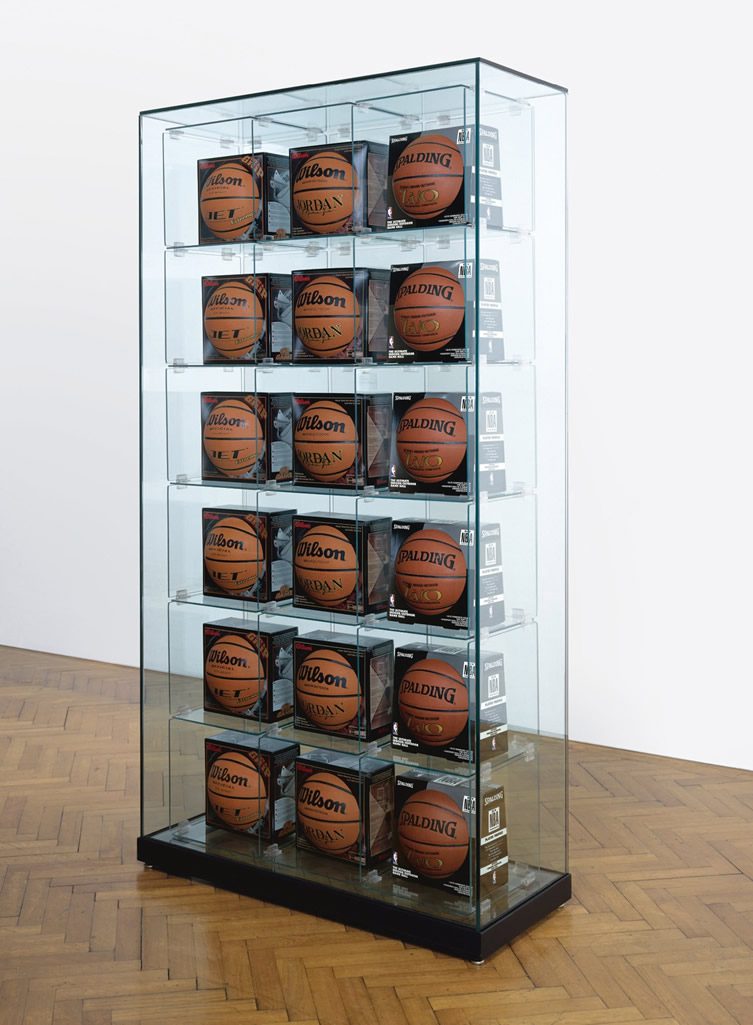
Jeff Koons
Encased – Three Rows (6 Wilson Jet Basketballs, 6 Wilson Michael Jordan Basketballs,
6 Spalding Zi/O Basketballs), 1983-1993/98
Glass, plastic, steel, basketballs, 203.2 x 108 x 43.8cm
© Jeff Koons, 1998
Private Collection, London
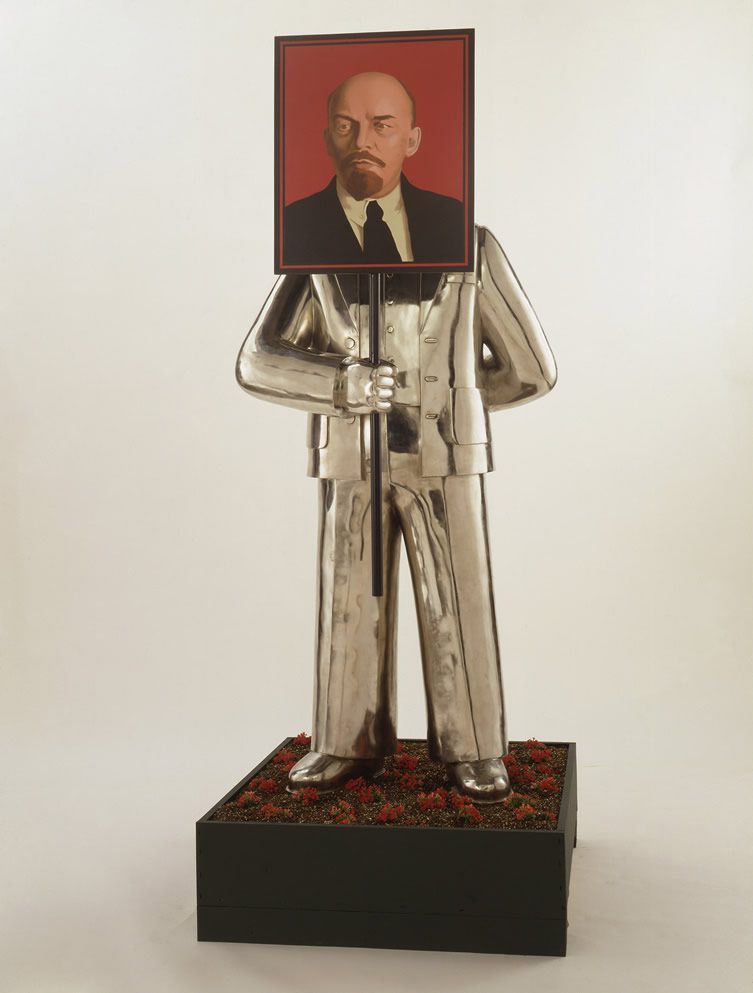
Grisha Bruskin
Man with Portrait of Lenin.
From the series Paradise Lost, 1990
Installation, stainless steel, aluminum, industrial enamel
200 x 86.4 x 68.5cm
© Grisha Bruskin, 1990
Image courtesy of the Sepherot Foundation, Liechtenstein
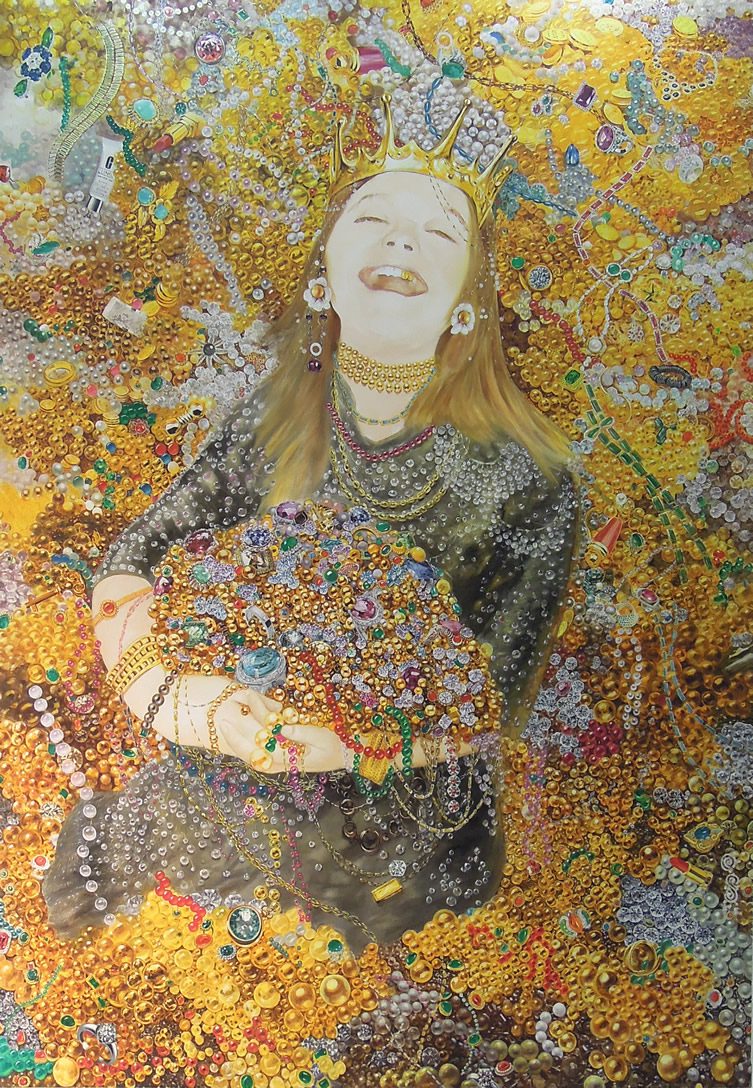
Fang Lijun
Untitled, 2011-12
Oil on canvas, 360 x 250 cm


